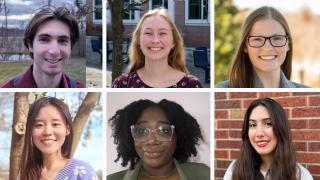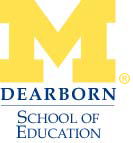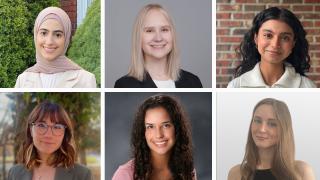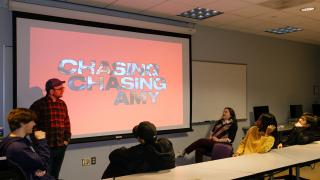
 Apple iPads are cool. But the true potential of the popular tablet computer really shines through when placed in the hands of undergraduate earth science students who can use it to access tools like Google Earth for their studies.
Apple iPads are cool. But the true potential of the popular tablet computer really shines through when placed in the hands of undergraduate earth science students who can use it to access tools like Google Earth for their studies.
That's why a group of faculty members at UM-Dearborn have come together this semester to collaborate on ideas for integrating sustainable technology into science classrooms.
Stein Brunvand, assistant professor of educational technology; Christopher Burke, associate professor of education; and Susan Everett, associate professor of science education, have spearheaded the $15,000 project, which received support from the School of Education Dean's Office, a Faculty Research Initiative and a Seed Grant from the University, as well as other funding sources.
"Our goal is to use technology in meaningful ways to enhance the learning of our students," Brunvand said. "We want faculty to teach with technology because it improves the learning experience for our students. It's not about getting the latest gadget on the market."
Brunvand, Burke and Everett are working with their chemistry, physics and biology colleagues in the campus's Inquiry Institute - a group of SOE science educators and scientists in the department of natural sciences who meet to work on grants, program revisions and the development of a master's program in science education.
The group plans to work with other SOE science educators to integrate more technology into inquiry-based classes, which will help UM-Dearborn's students gain experience with state-of-the-art technological innovations that can enrich science teaching and learning.
As a result of the initiative, 15 Apple iPads have been purchased for use in several earth science and physics courses. Brunvand will work with CASL faculty to design lessons that utilize online tools like Google Docs and Google Earth to use with the iPads, and mentor his colleagues as they bring the new technology into the classrooms.
The long-term goal of the project is to generate the resources needed to create a sustainable program that will allow other faculty members on-campus incorporate technology into non-science courses.
####





